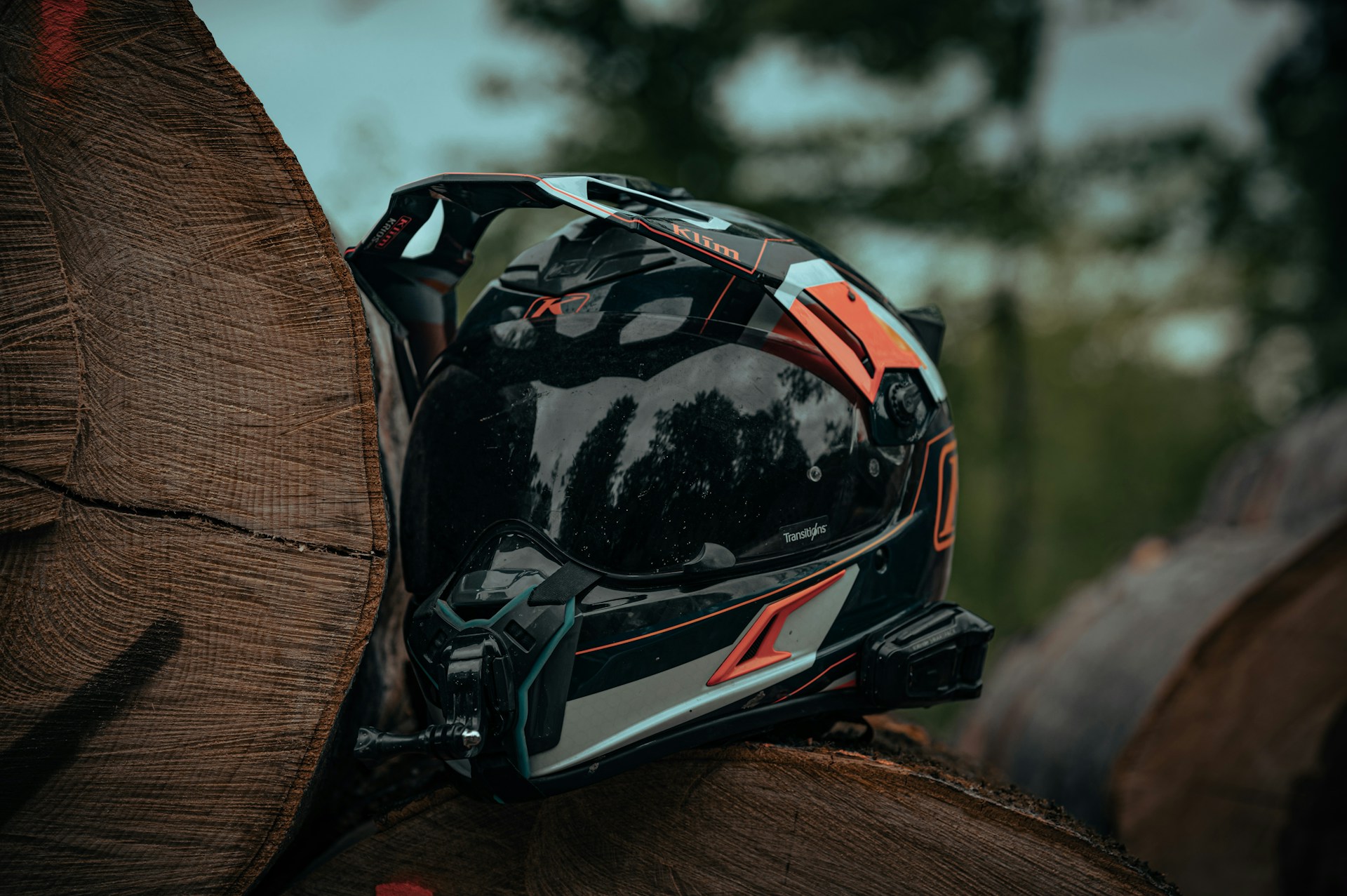Helmet vents might look like just a bunch of holes—but they do a lot more than you’d expect. Think of them as little windows for your head. They pull in fresh air to cool you down and push out hot, sweaty air that builds up during a ride. Whether you’re on a bike, board, or skis, those vents are working overtime to keep you feeling fresh and focused.
The Real Reason Vents Matter
Vents aren’t just about staying cool. They help you move faster, stay more comfortable, and keep your head in the game. A good vent system can feel like the difference between running in trainers and slogging in work boots. Less heat, less drag, more fun.
The Cool Science Behind Vents
You might not think helmet vents have much to do with science—but there’s real engineering going on behind those slots and holes.
Aerodynamics = More Speed
When you’re flying down a hill, wind resistance is the thing slowing you down. Vents help guide air smoothly over and through your helmet, cutting drag and giving you a speed boost. Some even act like tiny wings to make you more aerodynamic. It’s like turning your helmet into a stealthy, air-slicing machine.
Built-In Climate Control
Your head gives off a surprising amount of heat. Without ventilation, it’s like wearing a wool hat in a sauna. Vents act like natural air conditioners—bringing in cool air and flushing out heat. Result? You stay cooler, longer, with way less sweat.
Speed Gains from Smart Venting
Want to go faster? Your helmet can help—if it’s designed right.
Less Drag, More Speed
Smooth airflow means less wind resistance. For performance riders, that could mean a few seconds off your time. Doesn’t sound like much? It is—especially in a race. Those few seconds could be the difference between the podium and the pack.
Striking the Right Balance
Here’s the catch: more vents don’t always equal more speed. Too many can actually mess with airflow and slow you down. Top-tier helmets are all about smart vent placement—keeping things breezy without ruining your aerodynamics. Think: the sweet spot between a convertible and a race car.
Comfort That Keeps You Going
Speed is great, but if you’re not comfortable, you’re not going far. Vents are key to long-lasting comfort.
Cool Heads, Happy Rides
There’s nothing worse than your head turning into a sweatbox. Good vents keep air moving across your scalp, whisking away heat and giving you that “ahh” feeling—like opening a window on a stuffy summer day.
Beating Sweat and Moisture
No one likes soggy helmet padding. Vents help air circulate and dry things out, keeping your gear light and fresh. Some helmets even channel sweat away from your eyes, so you can focus on the ride—not on wiping your face every two minutes.
Different Types of Vents, Different Perks
Not all vents work the same way—and that’s a good thing.
Fixed vs. Adjustable
Fixed vents are always open, perfect for hot, fast rides. Adjustable vents let you control the airflow depending on the weather or effort level. It’s the difference between a fan on full blast and one you can fine-tune. So which is better—open or closed vents? That depends on your ride. It’s the difference between a fan on full blast and one you can fine-tune.
Smart Vent Placement
Front vents pull in air; rear vents let it out. Together, they create a cooling flow. Some helmets go a step further, with angled vents that channel air like little wind tunnels. It’s performance design, down to the last detail.
How to Choose the Right Vent Setup
Your riding style should guide your vent needs.
Match Vents to Your Activity
Road cyclists might want fewer, more aerodynamic vents. Mountain bikers? More airflow for tough climbs. Skiers may want the option to shut vents in the cold. It’s like picking shoes—what works for a trail run won’t cut it at a formal dinner. Noise-canceling helmets may also feature enclosed vents for better sound isolation, so consider what matters most for your ride.
Fit Your Vents to Your Vibe
If you’re into long, sweaty rides, look for lots of big vents. Going short and fast? Opt for something sleeker and more aerodynamic. The right helmet should match the way you move—and for many riders, top quiet helmets are designed to strike that balance between airflow and noise control.
Keeping Your Vents in Top Shape
Even the best vent system needs a little TLC.
Keep Them Clean
Dust, bugs, sweat—vents collect all sorts of gunk. Give them a clean now and then with a soft brush or cloth. It’s easy maintenance that keeps the airflow going strong.
Check for Damage
Cracked or broken vents can mess with your helmet’s safety and performance. Inspect your helmet now and then, especially after a crash. Better safe than sorry. A quiet helmet with smart vent sealing can offer the best of both worlds—cooling and calm.
Final Thoughts
They might be small, but helmet vents make a big difference. They keep you cool, boost your speed, and let you ride longer with less effort. Whether you’re cruising country roads or bombing down trails, vents—and smart helmet ventilation—are working behind the scenes to make your ride better.
